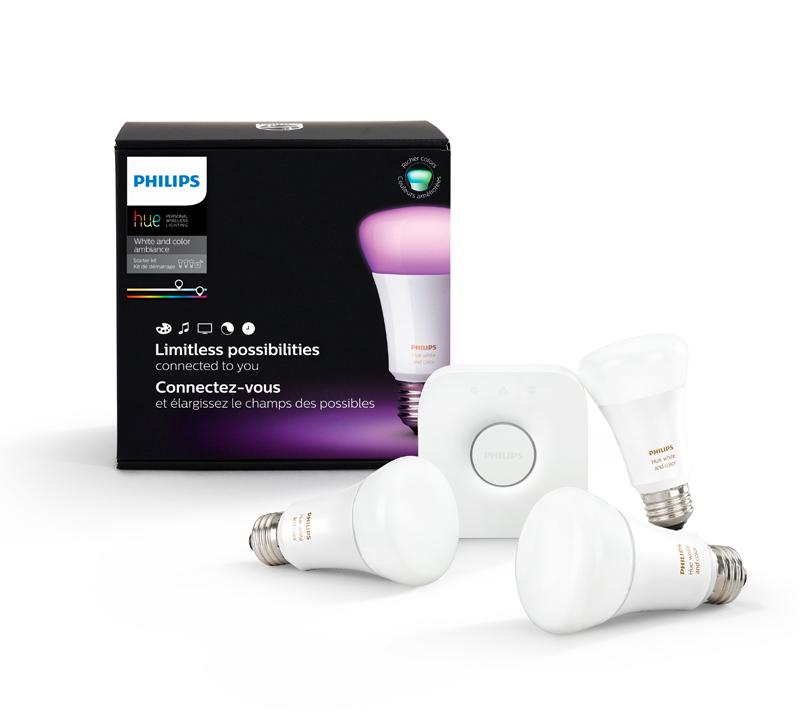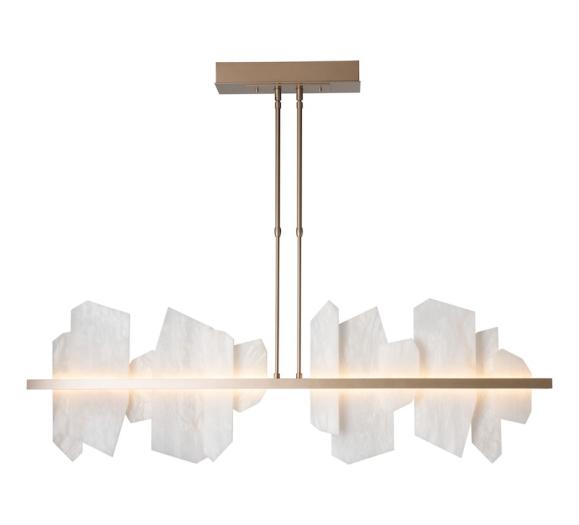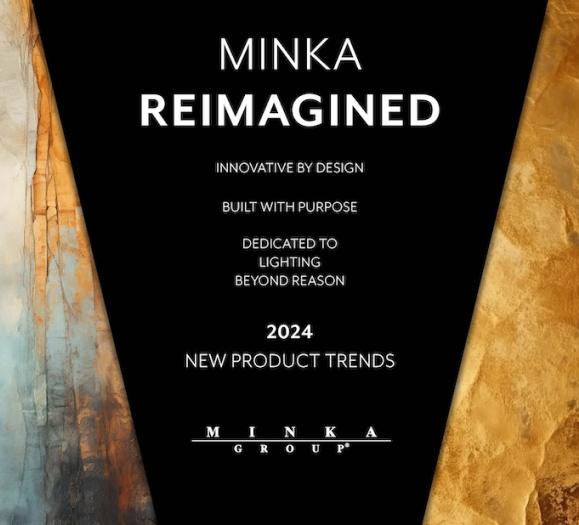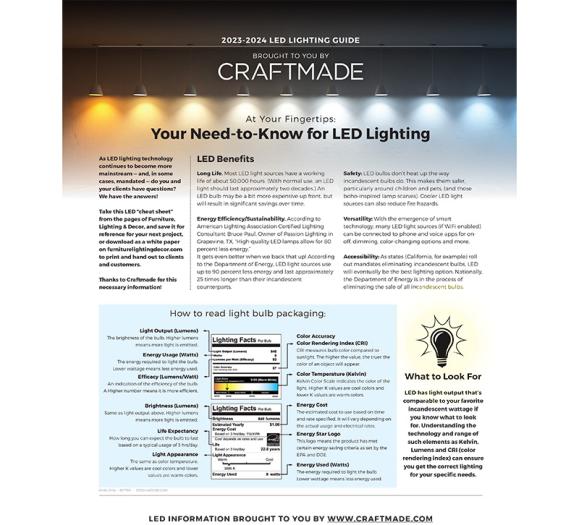The most recent data from the 2015 Residential Energy Consumption Survey (RECS) shows that today's home is in a state of energy transformation. Energy-saving light bulbs have grown sharply in popularity as most U.S. homes have at least one type of energy-efficient light bulb in use, the survey reports. While most homes mix incandescent and CFL bulbs, 28 percent of homes have at last one LED bulb.
These findings from the U.S. Energy Information Administration (EIA) further emphasize the need for retailers and interior designers to stay up to date on energy-saving and smart home technology. As we saw in the 2017 Houzz & Home report, smart home technology is becoming a bigger priority of home renovation projects, and CFL and LED bulbs are part of that equation. Not only are LED bulbs energy-efficient, but some bulbs such as C by GE and Philips Hue can be controlled via smart home hubs and apps.
Here's what you need to know about RECS' findings.
Lighting By the Numbers
Few homes in the United States rely on just one type of light bulb, according to RECS, but by looking at the homes using only one type of lighting, we can infer a little about future lighting trends.
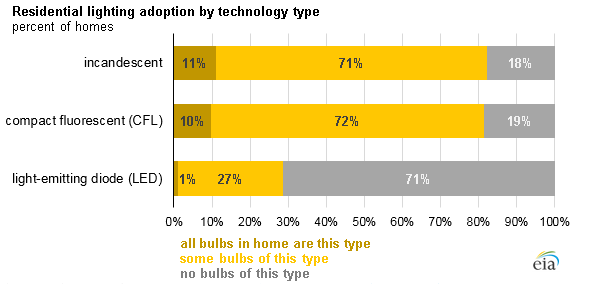
Consumers seem to be using incandescent and CLF bulbs in equal strides. Nationwide, 11 percent of homes rely solely on incandescent bulbs, and 10 percent use only CFL bulbs. Eighteen percent of households did not use incandescent lights at all, and similarly, 19 percent of homeowners said they did not use any CFL bulbs in the homes. In the middle, 71 percent of homes reported using a a mix of incandescent and other bulbs and 72 percent used CFL and other bulbs.
Though LED bulbs are certainly growing in popularity, only 1 percent of homes nationwide rely solely on LED bulbs. This may seem bleak, but LED bulbs have come up in quality and down in price over the last few years since this survey was last conducted in 2009. LED bulbs now offer more features, such as dimming capabilities and even color change and audio control. Though it may be a while before more homes choose only LED bulbs, we can expect more of them to use a combination of LED and CFL bulbs.
What could derail the widespread adoption of LED bulbs is the federal government. Bill McNary, an analyst at the EIA, says federal lighting standards and local efficiency programs made big pushes for CFL bulbs, encouraging manufacturers to develop energy-saving technology and educating the public about these bulbs. In 2012, all general service bulbs (most commonly found in homes) had to be 25 percent more efficient than incandescent bulbs, according to federal standards. Local power companies started programs offering free CFL bulbs or subsidies for them to residents to encourage more energy-saving practices. As LED bulbs become more popular and cost-effective, McNary says power companies may begin to push them more than CFL bulbs.
The Trump administration doesn't seem to have any plans to encourage energy efficiency. The Environmental Protection Agency's (EPA) Energy Star program is on the chopping block as part of President Trump's proposed budget cuts. A joint venture between the EPA and the U.S. Department of Energy, the Energy Star program began in 1992 as a way to rate computer monitor efficiency. By meeting certain standards set by these departments, manufacturers can add the Energy Star seal to their products, which does carry weight with energy- and money-conscious consumers. In 2014, the EPA said its Energy Star program had saved consumers and businesses $34 billion and prevented more than 300 million metric tons of greenhouse gas emissions, according to NPR. A loss of standards or goals for energy efficiency could slow down the market.
"The current data show that lighting standards do influence the market," McNary says. "Local efficiency programs also have a major effect, but standards are a significant factor, which the federal government does control."
Lighting Disconnects
The national average of homes that have at least one energy-efficient light bulb is 86 percent. That average, however, varies depending on the type of household and some of the actions taken by homeowners.
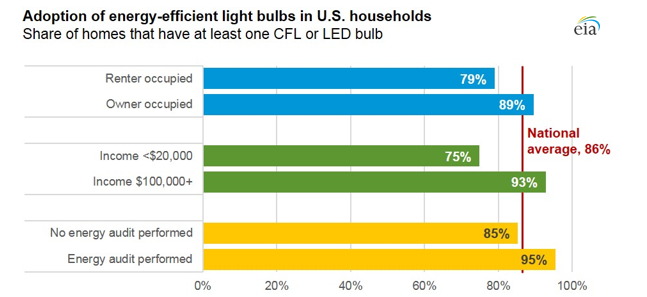
Only 79 percent of renter-occupied homes use energy-efficient light bulbs compared with 89 percent of owner-occupied homes. This could be for several reasons. Renters don't always have a say in which bulbs are used in their lighting fixtures, especially ones in high places. Landlords may be called to replace these bulbs. In some complexes, the landlord pays the energy bill, so when a light does go out, there is less of an incentive for renters to buy CFL or LED bulbs because the bulb's cost is really the only deciding factor.
Cost is more than likely a factor when consumers consider which bulbs to buy. In households making between $20,000 and $99,000 per year, only 75 percent of them use at least one energy-efficient bulb compared with 95 percent of households earning $100,000 or more per year. As the price of LED and CFL bulbs falls, a greater adoption of these bulbs may follow as utilities and other state agencies incentivize the use of energy-saving bulbs by offering free to highly subsidized energy-efficient bulbs as well as continued education about energy-saving programs.



